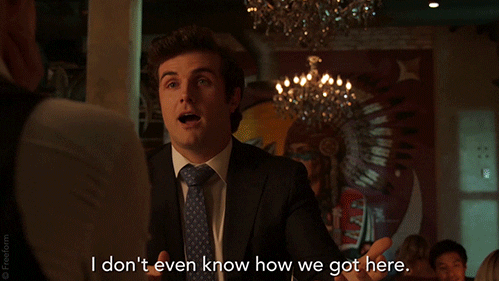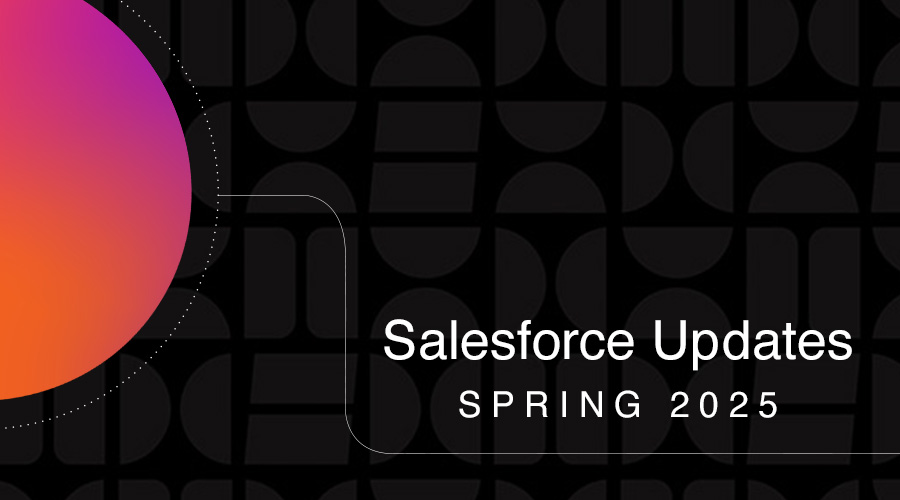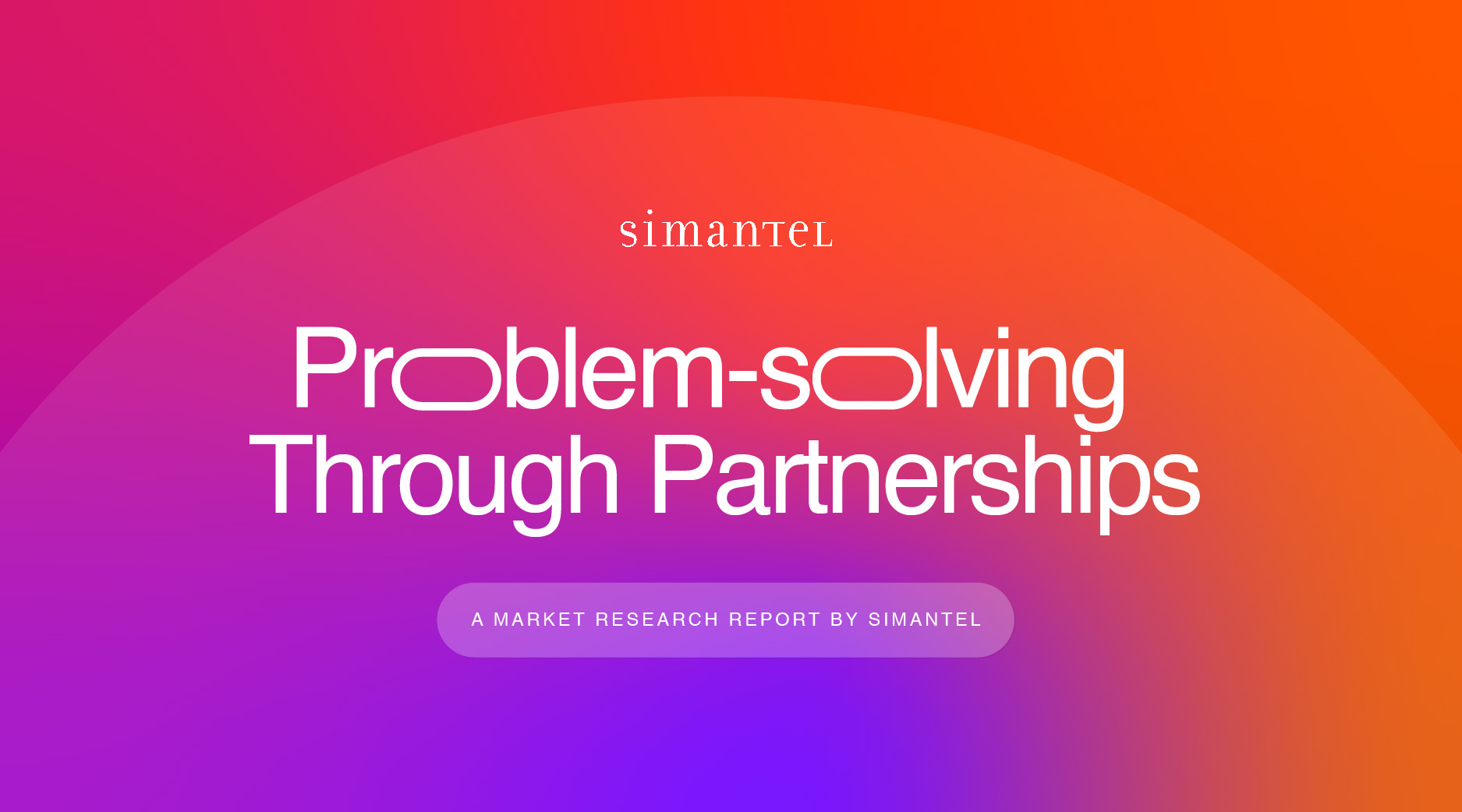2023 has arrived, ushering in many emerging marketing trends. Even though we’re still not sure how it happened so quickly, we’re already amped up for new opportunities, more great work and participating in helping our industry embrace new technologies, deliver outstanding customer experiences and meet customer demands.
Before we dive into the marketing trends we expect to see this year, let’s reflect on some of our previous predictions and how they panned out. Afterall, we’re marketers not fortune tellers and we sometimes don’t get everything right. If you told us in 2010 that QR codes would still be a thing into the next decade we would have smiled politely at you while thinking you were absolutely nuts. But as I’ve said in the past too, there is also power in failure. Check out the podcast I recorded on the topic.
Some marketing trends we called correctly:
- 2019: Brands will see a renewed investment in capturing organic search
- 2019: Brands that leverage a mix of both traditional and non-traditional content marketing formats will win
- 2019: Machine learning and artificial intelligence will continue to be big players in improving the customer journey
- 2020: Brands that master 1-to-1 customer interactions will win business
- 2020: Organizations are rallying around Customer Experience (CX) as a company value
- 2021: Brand activism is becoming a requirement
- 2021: Tracking beyond cookies
- 2021: Predictive and prescriptive analytics
Some marketing trends that didn’t pan out how we predicted:
- 2019: Users will demand more immersive storytelling
- While VR and AR are still growing in popularity in the B2C space, especially in gaming and entertainment industries as well as some educational applications, it hasn’t quite taken off as much as we expected for B2B business applications yet.
- 2020: MarTech that works smarter, not harder
- While MarTech companies continue to be bought-up to make big players do more in single platforms, spending in marketing technologies has only continued to increase and is predicted to continue to do so with the list of emerging MarTech companies to watch continuing to grow!
What do we expect to be some of the big 2023 B2B marketing trends? We’re so glad you asked.
More marketing budgets focused on talent recruitment verses customer acquisition.
When we look at the desired target audience for many marketers in the coming year, we expect to see more efforts focused on recruitment than we have seen in previous years, with Human Resource departments getting greater recruitment marketing budgets as the talent shortage continues to grow.
The Korn Ferry Future of Work study predicts that by 2030 there will be a global human talent shortage of 85 million people and while some industries are more heavily impacted by the lack of people to fill labor demands than others, nearly every sector, including B2B, has felt the squeeze of the labor shortage already and are actively taking steps to recruit and retain people.
At Simantel, we have seen this challenge firsthand. In the last three to four months alone, we have seen an uptick in our own new business requests specific to recruitment campaigns.
Higher content production demands.
We’ve been shouting: CONTENT IS KING from the rooftops for a while now, we know. Some of our earlier content articles on our website date back to 2014. Even back in 2019, we were shouting INTERACTIVE content was king. Yes, content demands continue to increase, but now you can expect the increase to happen at rapid speeds.
- Instagram Reels grew by over 220 million users in a single quarter in 2022
- The average YouTube user watches 30 minutes of content per session
- Over the last 2 years alone, 90% of the data was generated
- On average, Google now processes more than 40,000 searches EVERY second (3.5 billion searches per day)
There’s no shortage of things to give our attention to, and yet brands are charged with trying to get consumers to give them seconds of their time and the only sustainable way to do that is through earned media.
While paid advertising still plays a vital part of capturing the opportunity to engage a potential customer, content across all formats aligned to your message is your best chance to break through.
Focusing on how you turn a single content production opportunity into multiple formats and edits, extended storytelling effort will be a conversation we expect to be having more and more.
While we haven’t seen major companies start scaling back spending yet, we do see in-house teams shrinking and expect the theme of 2023 to be “more content for less investment delivered faster.”
Reinvested focus in “audience building.”
Now we’re not talking the email list building frenzy of the early 2000s where quantity over quality to meet our KPIs was pushed at every marketer, but an intentional focus on building brands through personal or para-social connections online.
Whether that takes place through strong social moderations in your owned channels as well as the comments section of strangers’ content, highlighting your staff as the spokespeople of your brand and empowering them to go forth as your ambassador and their authentic selves, or concerted efforts to operate in social LIKE an influencer (see the likes of Scrub Daddy, Wendy’s, etc.), or some combination of all the above: that will be for you to decide.
But a non-responsive, heavily corporate presence that doesn’t engage in real-time will see lost opportunity in audience building and lag behind in our highly competitive war for attention and revenue opportunity.
Influencer marketing and social partnerships becoming increasingly “normal” for B2B brands.
Para-social relationships are a real thing. If Elyse Myers gets to be “the internet’s best friend” that makes her our best friend, too and you can’t tell us otherwise.
But whether you call them content creators, influencers, Tik Tokers, YouTubers, Instagram [Insert Noun Here]’s, Social Personalities or any other name: there are over 200 million entertainers whose income is partially or wholly comprised from their role in content generation, and they have established para-social relationships with the very people you want to reach regardless of what market you serve. PR and earned media experts have been talking about their importance for over a decade and the B2C market has heavily invested to the tune of over 15 billion dollars in 2022 alone. B2B is going to have to more heavily embrace this space to keep up.
And we’re the first to admit it’s scary! Aligning your brand with an individual who could get canceled or caught up in a scandal is scary, but we’re moving away from being able to rely on heavily vetted and strongly contracted spokespeople towards everyday influencers who can talk about our brand to their following in a way that is authentic to them.
BONUS: Music in marketing.
Audio has always been an important component of storytelling for brands and adopting “popular” music has been a trend since the 90s. It sets the tone, literally, in our video and audio formats, but it’s increasingly important as audio dominates our brain space.
“Viral Sounds” across YouTube Shorts, Tik Tok, and Instagram Reels highlight the importance of the ear worm and having your brand associated with one or many requires incredible speed, but at great reward.
So, how will these marketing trends play out? Only time will tell. But one thing’s for certain, even as the marketing landscape continues to evolve, creating positive, engaging customer experiences will remain a top priority for brands. And we’re here for it. If you’re feeling a little overwhelmed and need some help with your marketing strategy for 2023 (and beyond), feel free to reach out. We’d love to chat.






